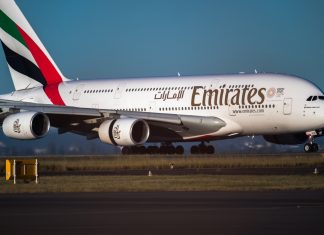INTERNATIONAL SOS and Control Risks have jointly published the Travel Risk Map 2016, a heat map which displays medical and security hotspots around the world.
An annual Health Risk Map has been published since 2010, but is now renamed Travel Risk Map for 2016 to take into account the added travel security risk ratings.
Countries and regions are rated either ‘Extreme’, ‘High’, ‘Medium’, ‘Low’, or ‘Insignificant’ in security risk while medical risk ratings range from ‘Low’, ‘Medium’, ‘High’, ’Very High’ or ‘Rapidly Developing Variable Risk’.
David Teo, regional medical director, South and South-east Asia, International SOS
said: “We created the Travel Risk Map to help travellers align their pre-trip preparations proportionately with the risks they may encounter in a particular location.
“Even in countries with a low medical risk rating and state-of-the-art medical services, travellers may still need assistance with language or navigating an unfamiliar health care system – both of which can be significant barriers to obtaining care.”
Not only are the risks of epidemics more prevalent with accelerated international travel, the threat of terrorism is no longer “endemic” to any particular country or geography, as incidents from Bangkok to Bali to Paris have shown.
Underscoring crisis prevention and management is hence the need for preparedness, a point that corporations are increasingly cognisant of with growing awareness of their duty of care. No longer lagging behind their western counterparts, more Asian companies are also investing in planning and reaping the benefits in return.
While technology has enabled International SOS to track and offer real-time information for their clients, the complexity and dynamics of the modern travel world today have made it even more paramount for the company to helm its expertise to provide “adapted” and “localized” advice for its clients.
The Travel Risk Map 2016 can be viewed here.

![_U8A5175[1]](https://www.ttoscandinavia.com/wp-content/uploads/2015/12/U8A51751-e1450001093673-696x617.jpg)























